Today we woke up early and had a nutritious breakfast before heading out to two different shipwrecks: Kittiwake Wreck and the Doc Paulson. Both sites were really cool, and it was very interesting to see the levels of algae and coral growth on them.
The USS Kittiwake was first commissioned in 1946, and it was used as a Chanticleer-class submarine rescue boat. The Kittiwake also provided aid to the USS George Washington after the first successful Polaris mission launch on July 20, 1960. One time, they provided divers and supplies to an operation dedicated to freeing the USS Missouri. Unfortunately, many of the feats the USS Kittiwake performed are still classified, but it still provides an interesting source of entertainment and learning. After it was decommissioned, the rescue vessel was donated to the Caymans to provide a new artificial reef in 2011. For more information of the USS Kittiwake, visit this site. For years, it was a beacon of history, laying on its stern. Unfortunately, in 2017, Hurricane Irma hit the Caymans, and the wreck of the Kittiwake was knocked over, now resting on the starboard side. When I was down there, I could see the growth of algae along the sides, and even patches of coral in crevices, allowing the habitation of fish. I thought it was really interesting that marine life will overcome any barrier, any obstacle, to find new places to live and thrive. Throughout the wreck, looking in tears in the hull of the ship, I could see sergeant majors, identifiable by their black and white stripes with a yellowish hue towards the top of their bodies, and midnight parrotfish, identifiable by their completely blue bodies and large size, swimming and interacting with each other. Overall, I enjoyed the diving experience because the ship was massive, and it was really cool to imagine how things would have looked when the boat was in commission. We then ascended and did our safety stops, and we headed over to our next dive site: the wreck of the Doc Paulson.
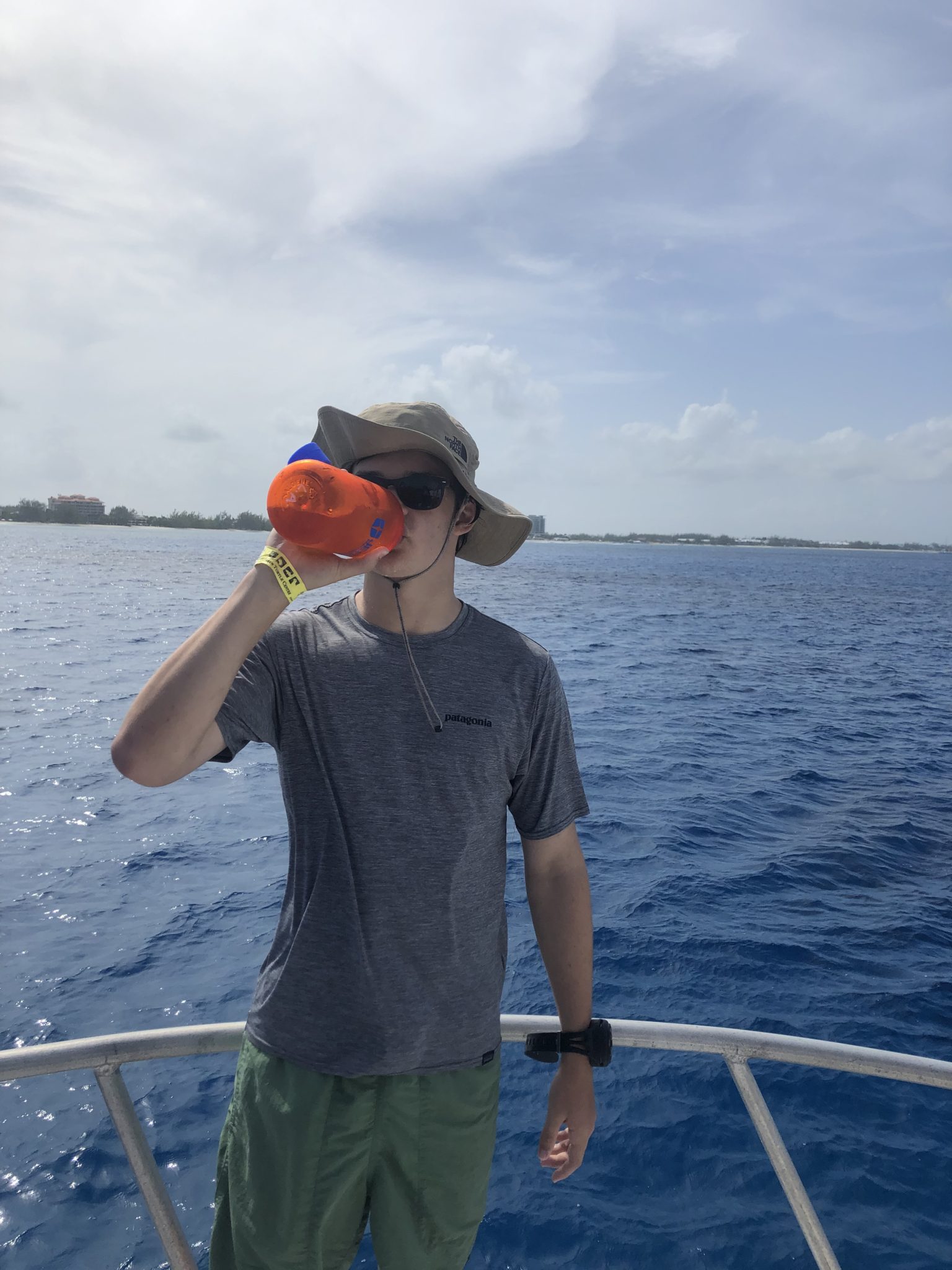
The Doc Paulson was named after the first Cayman doctor that provided free healthcare to the divers. Due to that, the dive masters gave homage to the man and named the boat after him. The Doc Paulson sunk in the 1970s, and since then, it has become an artificial reef. Compared to the Kittiwake, this boat has been converted completely into a new reef. The corals attract many different species of fish, and the reef grows bigger and bigger. For example, we saw some bar jacks, with their small, half-yellow, and half-purple bodies, swimming throughout the boat. On the surrounding reefs, I saw the biggest blue-headed wrasse I’ve ever seen. They’re usually small fish, with a blue head, two white and black stripes, and then a green lower body; however, this one was twice the size of most I have seen. The amount of fish I see during these dives is incredible. On top of that, garden eels were burrowed in the sand surrounding the wreck. These eels are green in color and live in the sand, with half of their bodies sticking out to catch passing nutrients flowing with the current. Whenever a predator swims by (us included), the eels sink below the sand and hide. Once we saw the boat and went to do our safety stops, we saw another barracuda hanging out near the mooring line. Luke and I have seen a lot of barracudas as we attempt to ascend, and it always good to add one more to the list. After that, we ascended and headed back to Cobalt Coast. For more information on the wreck of the Doc Paulson (especially videos), click here!
After a restful break (another water volleyball match) and a wonderful lunch, we headed out to do a beach clean up. We split up into our rooms to sweep the beach for trash. The amount of trash our trio picked up was truly depressing. I put in around 30 empty bottles of beer, as well as small pieces of plastic, and even plastic bags. Below are some pictures of the cleanup and our haul, but I am happy that we got it out of the beaches so it doesn’t affect the marine life and us.
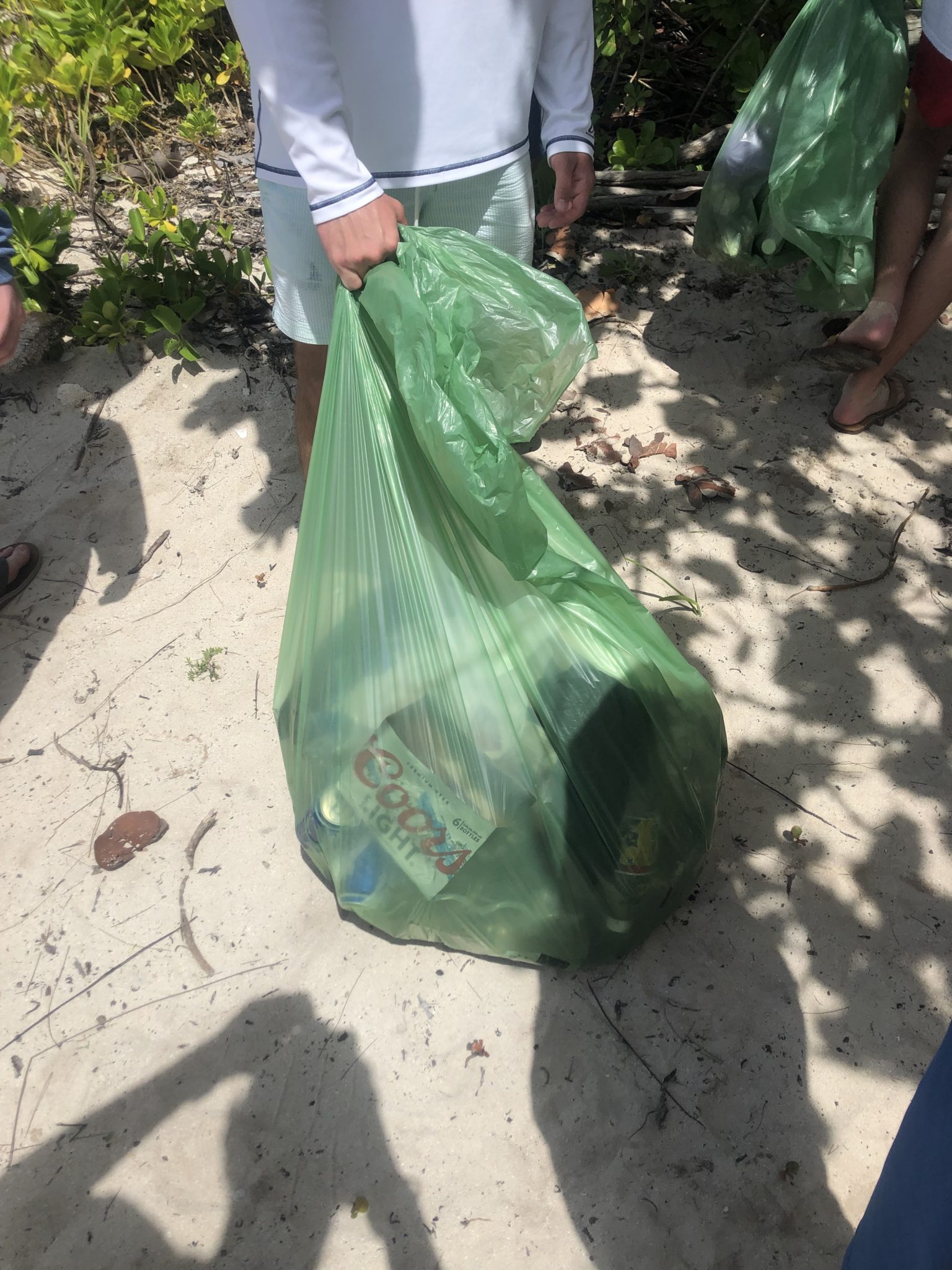

After our cleanup we were allowed to head back and relax. Tomorrow will be our last full day, and I’m sad we have to leave so soon. The dives have been very exhausting, but they are memories I will remember and cherish forever (the trade-off is worth it).
As always, here are some random photos I took throughout the day:
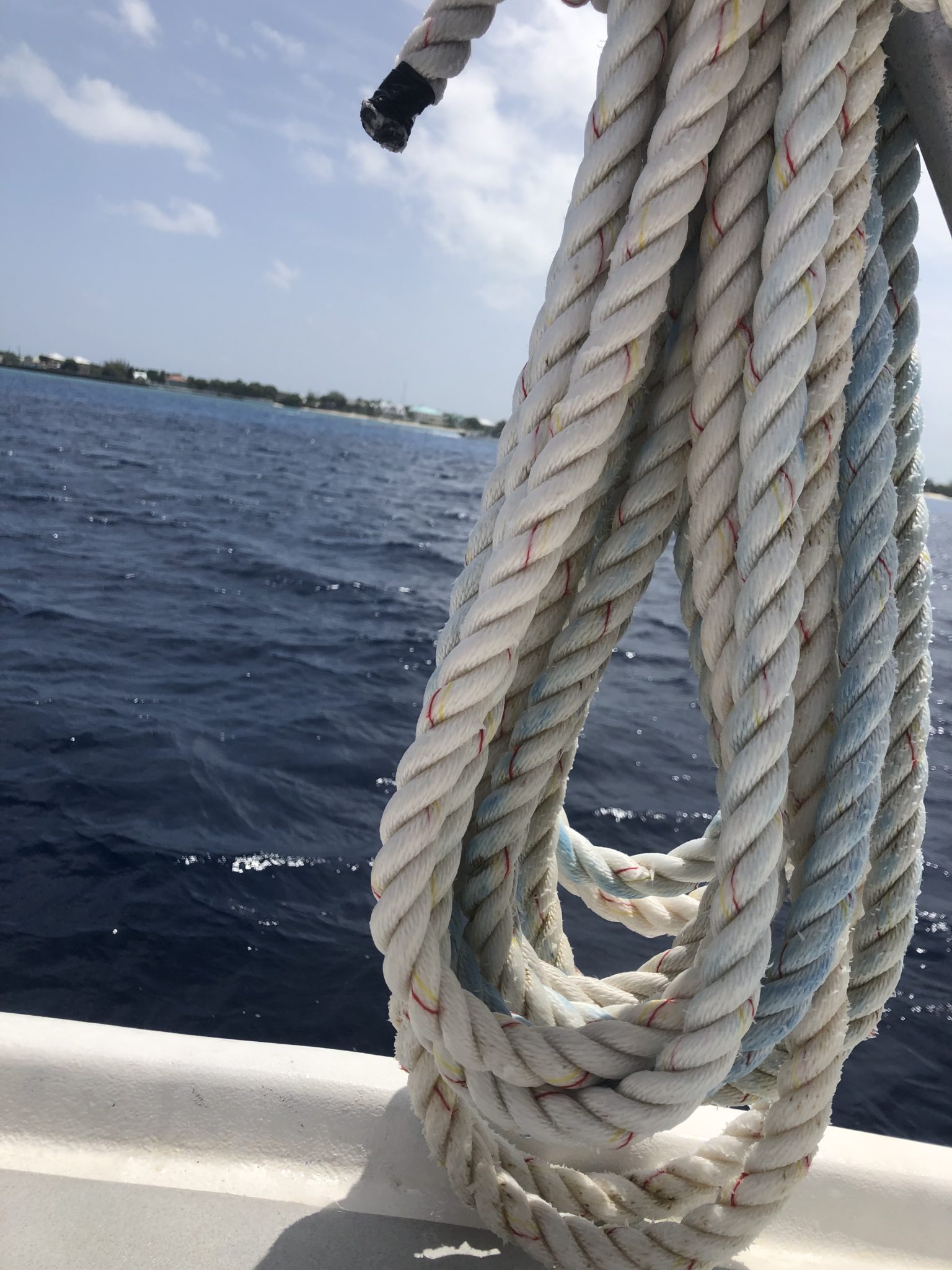
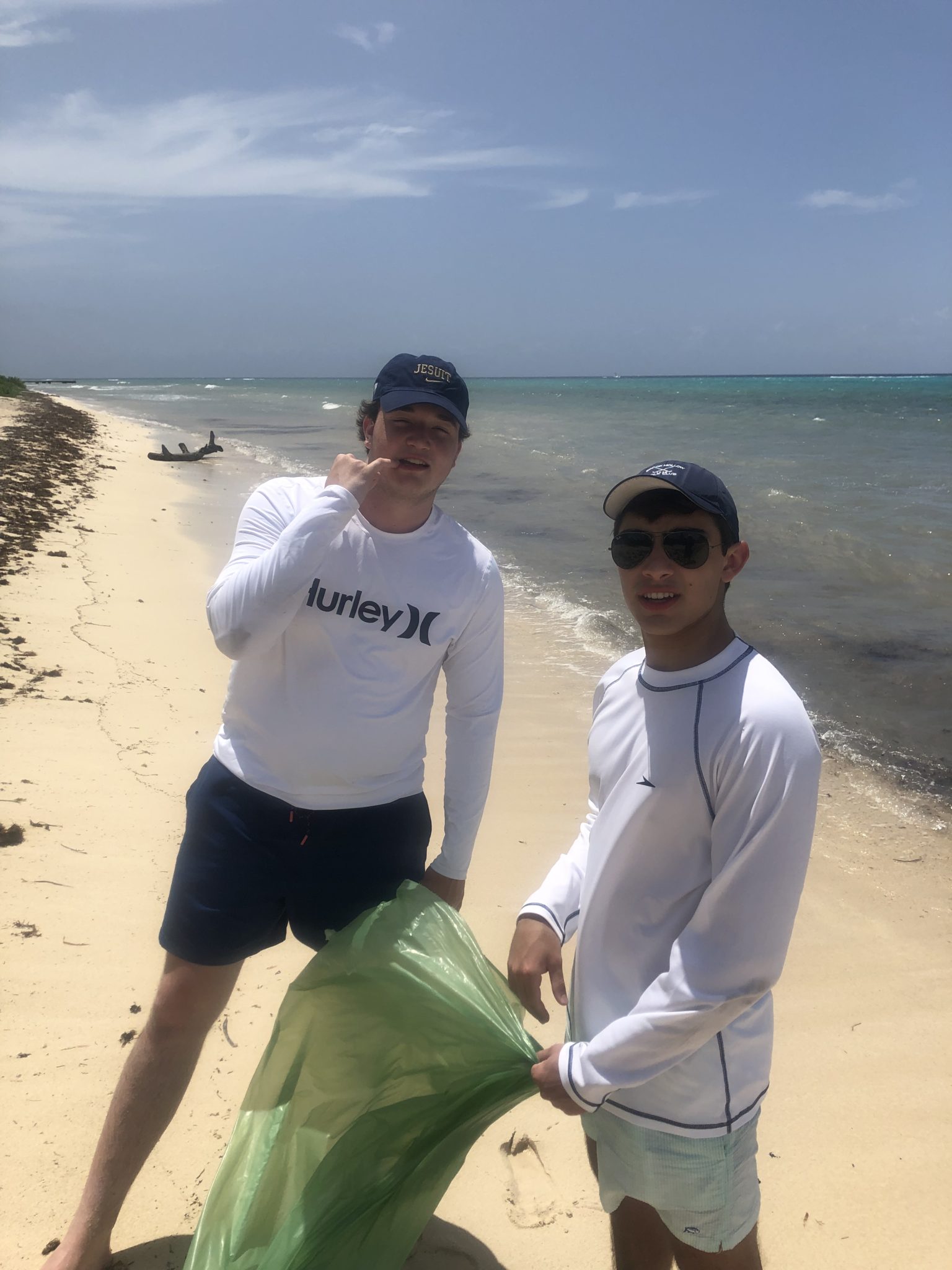
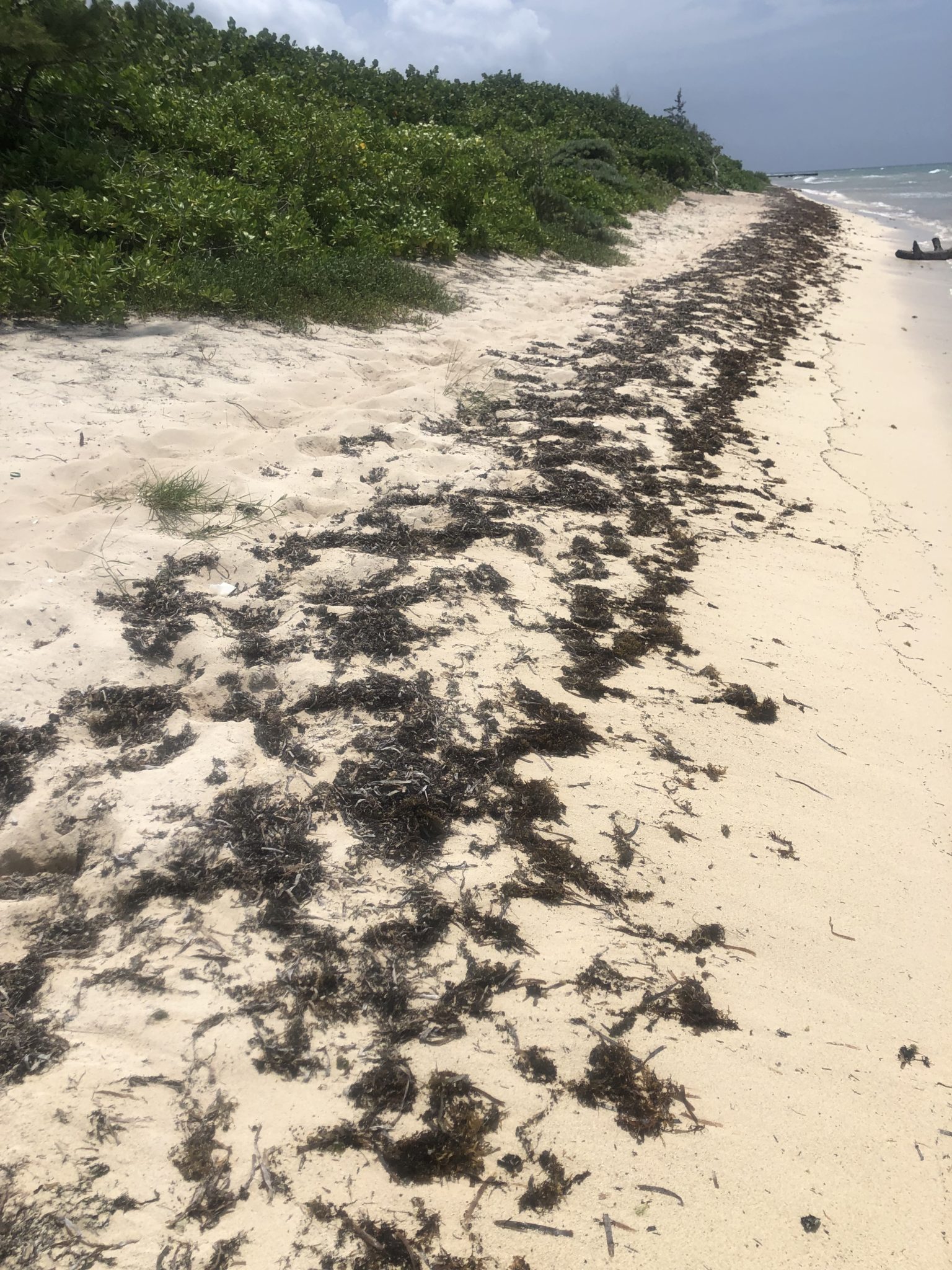
~ Aidan Hoofard


